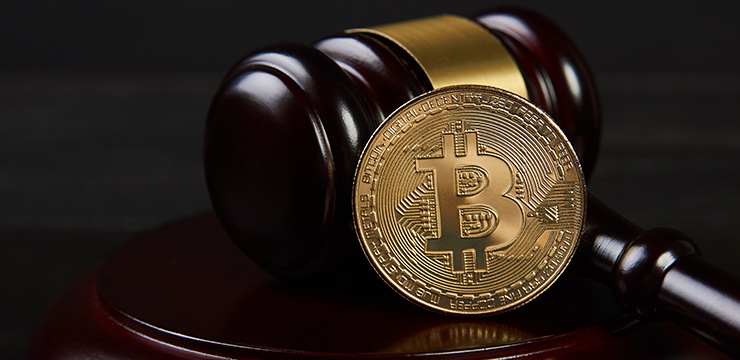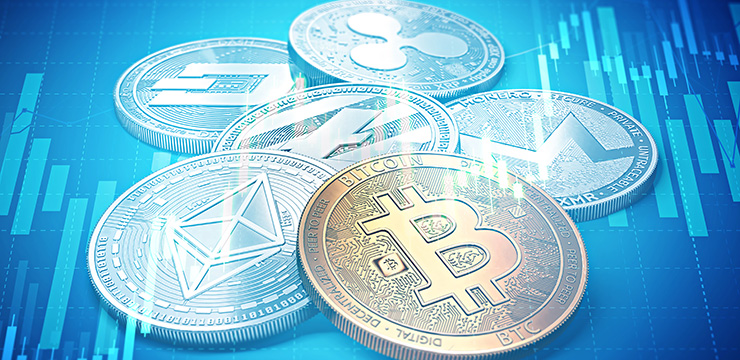FinCEN Director Ken Blanco addressed this year’s Consensus Blockchain Conference on May 13, 2020. In a set of prepared remarks, Blanco recognized the unprecedented challenges that the COVID-19 pandemic has created for anti-money laundering compliance personnel, particularly in addressing virtual currency transactions. To meet those challenges and combat the increased risk of criminal exploitation of virtual currency markets, Blanco emphasized that U.S. authorities continue to expect that financial institutions comply with the “Travel Rule” – that is, the requirement to transmit certain identifying information regarding transaction counterparties to the next financial institution in the transaction chain – with respect to virtual currency transactions, among others.

Cybercriminals Have Adapted to the Pandemic – You Need to as Well
Blanco recited the principal ways in which cybercriminals have adapted to exploit vulnerabilities created by COVID-19. For example, cybercriminals have taken advantage of security vulnerabilities in remote working applications, including VPNs and remote desktop protocols, that are central to the new work-from-home paradigm. Scams intended to undermine “know your customer” processes, including deep-fake and credential-stuffing attacks, have also increased in recent months, as have scams involving virtual currency payments, extortion, ransomware, fraudulent medical products sales, and initial coin offerings. Blanco expects this illegal conduct to continue to increase during the pandemic, and he advised financial institutions to calibrate their security measures to those threats.
Blanco explained that the “entire AML community has been adapting in real time” to the COVID-19 pandemic and its economic fallout, and he urged financial institutions to stay alert for malicious or fraudulent transactions. FinCEN issued notices on March 16 and April 3 advising financial institutions of their AML obligations during the COVID-19 pandemic and provided a direct contact mechanism to report urgent COVID-19 related issues. Blanco also advised that FinCEN is publishing advisories highlighting common types of fraud, theft, and money laundering activities related to the pandemic. Orrick’s May 27, 2020 Client Alert details steps that the Financial Action Task Force (“FATF”) – the global money laundering and terrorist financing watchdog – has advised that financial institutions consider taking to ensure continued compliance with their AML obligations.
The End of an Era? Regulators Expect to Know Who Is Transacting in Virtual Currencies
Turning to his “primary theme,” Blanco stated that the United States expects financial institutions to comply with the Travel Rule – full stop. There is no exception for virtual currency transactions. The Rule requires institutions processing virtual currency transactions valued at $3,000 or more to pass on and retain certain identifying information – including names, addresses, and account numbers – of both transaction counterparties to the next financial institution in the transaction chain. Blanco praised steps taken by FATF last June to establish international standards that are consistent with the U.S. Travel Rule.
The Travel Rule’s application to virtual currency transactions has been a source of resentment for Blockchain advocates who view the technology’s unique ability to facilitate anonymous transactions as one of its most revolutionary attributes. However, others have embraced the Rule for the role it has played in legitimizing the use of virtual currencies by law-abiding, mainstream actors as a safe alternative to traditional currencies.
Blanco’s comments make clear that FinCEN is firmly in the latter camp and views the Travel Rule as a key enforcement tool to prevent the proliferation of black markets and other illicit uses of Blockchain technology. In his words, “[a]ny asset that allows the instant, anonymized transmission of value around the world with no diligence or recordkeeping is a magnet for criminals, including terrorists, money launderers, rogue states, and sanctions evaders.”
Blanco reported that recordkeeping violations – such as violations of the Travel Rule – are the most common violations that FinCEN’s delegated IRS examiners have found being committed by money services businesses engaged in virtual currency transmission. Nevertheless, he stated that he is optimistic about the growth of cross-sector organizations and working groups focused on improving compliance with the Travel Rule and developing complementary international standards. Blanco stressed the importance of collaboration between government, law enforcement, and private companies, both during the COVID-19 pandemic and beyond. Blanco explained that it is the shared responsibility of the public and private sectors to ensure that virtual currency “technology does not get hijacked by criminals” to become a “conduit for crime, hate, and harm.”
Help Us to Help You
Blanco closed with an invitation to the private sector to strengthen its collaboration with regulators and law enforcement to combat illegal uses of virtual currencies. Since 2013, FinCEN has received nearly 70,000 Suspicious Activity Reports (“SARs”) involving virtual currency exploitation, over half of which came from the virtual currency industry. Those SARs are critical to FinCEN’s and law enforcement’s efforts to combat criminality and FinCEN’s efforts to educate industry participants about trends in illicit virtual currency use through its advisory and FinCEN Exchange programs.
Despite these efforts, Blanco explained that “[r]isks associated with anonymity-enhanced cryptocurrencies, or AECs, remain unmitigated across many virtual currency financial institutions.” FinCEN and its delegated IRS examiners are taking a close look at the AML/CFT controls on transactions in virtual currencies, and Blanco advised his audience to consider whether their controls are adequate to fulfill their duties to maintain risk-based AML programs. Blanco explained that FinCEN is also taking seriously the rise in foreign money services businesses seeking to do business with U.S. persons or operating in the U.S. without complying with U.S. AML regulations. Put simply, “[i]f you want access to the U.S. financial system and the U.S. market, you must abide by the rules.”




